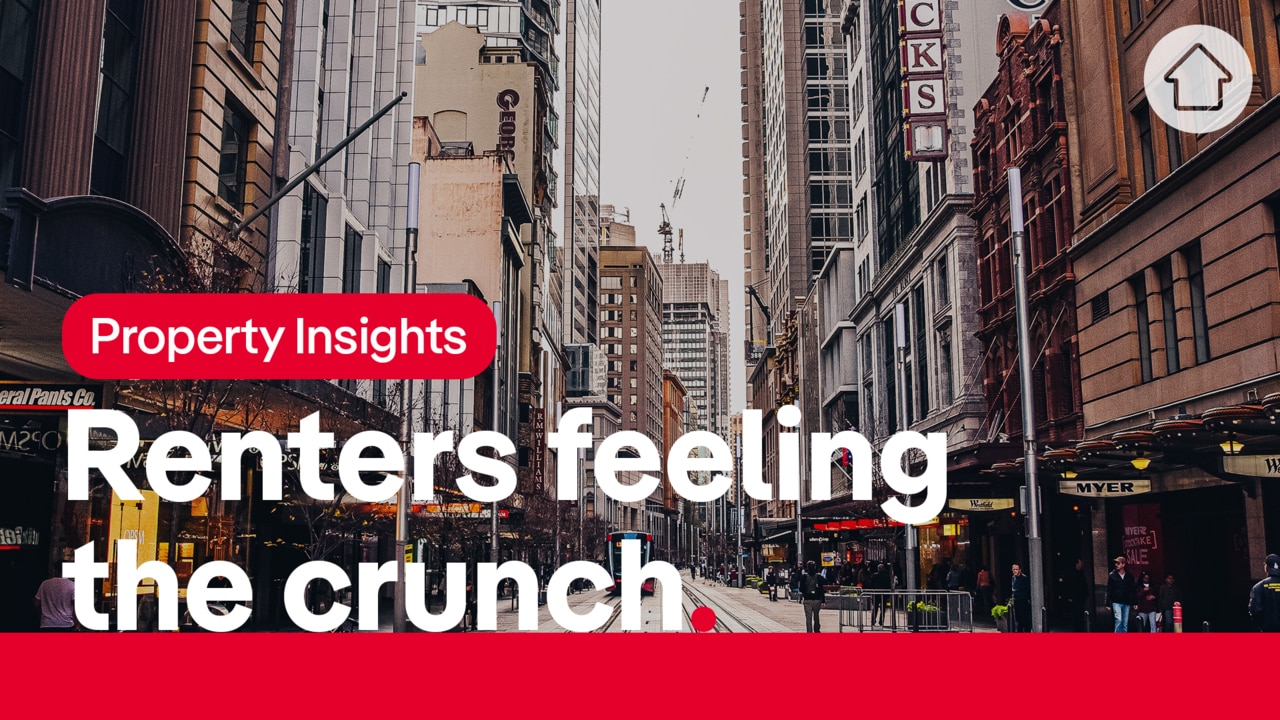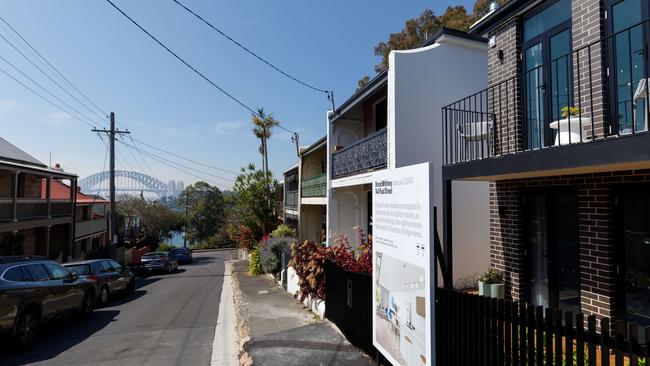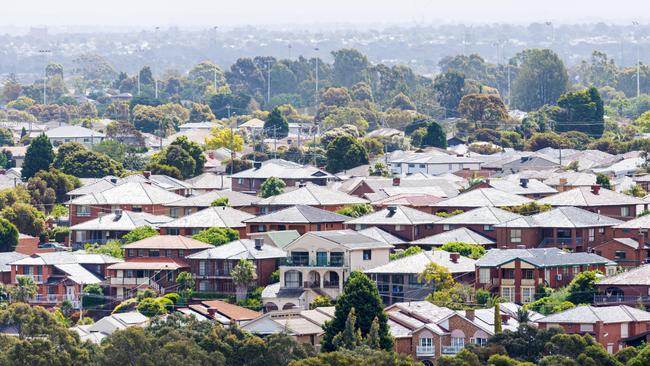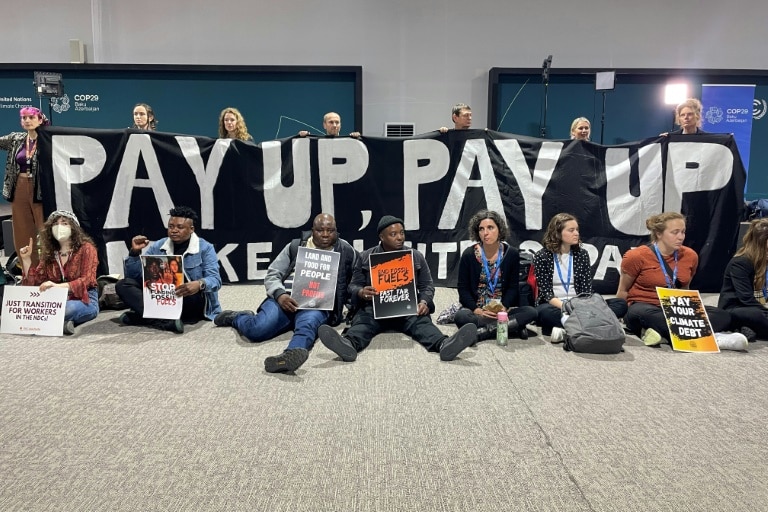‘Deeply concerning’: Affordable rent in middle ring suburbs no longer available for Aussie families
New analysis has revealed key Aussie workers are being priced out of homes further and further away from the city, as the rental crisis begins to “sprawl”.

Breaking News
Don't miss out on the headlines from Breaking News. Followed categories will be added to My News.
Affordable rent in middle ring suburbs is no longer available for key workers and families in Australia’s major cities, a “deeply concerning” analysis has revealed.
Community Housing Industry Association compared rental prices on a two-bedroom unit in middle ring suburbs in Sydney, Melbourne and Brisbane against the weekly after tax incomes of two typical Aussie families.
The first family had one full time construction worker and a shop assistant who worked three days per week. The family’s weekly income totalled $1456.
The second family included a full time aged care worker and a hospitality worker who worked three days per week. Their weekly income came to $1535.

The results were “confronting”, revealing both families had “significant housing stress” as rent ate up between 32 and 48 per cent of their disposable income in each city.
Out of the different suburbs, rent in Paramatta consumed the largest amount of both families weekly pay check, with 46 per cent out of the first families income and 44 per cent out of the second.
Rental properties in Melbourne’s south east and north west were among the cheapest in Australia, totalling between 32 and 34 per cent of both families weekly income.
In the northern and southern middle ring suburbs of Brisbane, rent consumed between 33 and 37 per cent of both families weekly pay check.
With rents now between $50 and $70 higher than they were last year, CHIA is now calling on the federal government to triple its affordable housing fund.
CHIA chief executive officer Wendy Hayhurst said middle ring suburbs that were previously an “oasis of affordability” have now become “housing deserts” and the Australian workers who keep communities running are being priced out.

“The families of construction workers, shop assistants, aged care workers, and hospitality staff are confronting eye watering housing stress,” she said.
“When almost half your income goes to rent a modest two bedroom unit, there’s little left for other essentials, let alone a basic holiday or an occasional meal out.”
“This isn’t just a number on paper; it represents real families facing difficult choices
between paying rent and meeting other basic needs.”
While national rental vacancy rates did rise to 1.42 per cent in June after hitting a record low of 1.09 per cent in February, according to PropTrack data, vacancies rates remain tight.
According to Ms Hayhurst there is a growing consensus that one in 10 Australian homes should be low cost rentals, prompting the industry expert to call for the federal government to increase its affordable housing fund from $10 billion to $30 billion.
“The housing crisis is no longer confined to inner-city areas or the beach. It’s sprawling
outwards, engulfing suburbs that have traditionally been havens for key workers,” she said.
Without significant intervention, we risk pushing essential workers further and further from their places of work, with dire consequences for our communities and economy.”




